Important Charles II 17th Century Princes Wood and Marquetry Longcase Clock
SOLD
Request Information
Follow Us
Important Charles II 17th Century Princes Wood and Marquetry Longcase Clock
A unique and important Charles II 17th century month-going Princes wood and floral marquetry longcase clock by the celebrated maker, John Ebsworth, circa 1685.
The case is of the highest quality decorated throughout in oysters of Princes wood and, to the face, reserves of floral marquetry depicting spring flowers, birds and grand tour vases and tazzas showing a high level of sophistication with a green glazed oval lenticle to the door. Similarly, the rising hood is decorated with an unusual gilt brass sound fret centred by a winged mask and scrolling flora, supported by prominent gilt brass Corinthian capped solid Princes wood barley twist or Solomonic columns, with glazed movement viewing windows to the sides.
The month-going six-pillar movement has going and striking trains, bolt-and-shutter maintaining power and 11-inch brass dial with a silvered chapter ring, seconds ring and date aperture. It is signed along the bottom John Ebsworth Londini Fecit.
The striking can be switched off by a silent/non-silent lever above the XII, the mechanism of which turns the bell away from the bell hammer. The middle is embellished by a superbly engraved Tudor rose on a gilt burnished circular field in the matted centre, whilst the time is indicated by a fine pair of blued-steel hands, the hour hand richly pierced.
Although this clock is exceptionally rare, and not just antique dealer ‘rare’, it is very easy to operate. Once a month you simply raise the hood, open the shutters which automatically close and wind the two trains, the left one clockwise and the right one anti-clockwise until the pulleys touch the seatboard.
John Ebsworth (1643-1699), of Cross Keys, Lothbury, London, was a pre-eminent and important early clockmaker who was appointed Master of the Clockmakers’ Company in 1697 and made a number of fine longcase, bracket and lantern clocks. This clock is an example of the fine craftsmanship of the maker and was surely commissioned by a very important client. This conclusion is informed by the choice of wood, fine movement and ornate detailing to both the longcase and movement.
Ebsworth was apprenticed to Richard Aymes on 23 February 1657, becoming free on the 3 April 1665. Ebsworth was an assistant to the Worshipful Company of Clockmakers in 1682, becoming a warden between 1694 and 1696; and finally Master in 1697.
Princes wood, also known as kingwood, was the most highly prized and expensive timber of the 17th century. Shipped in from South America by early merchants, it was only used for the finest pieces of furniture, musical instruments and occasionally clocks.
It is so rare in fact, we are only aware of one other longcase clock from the period decorated in the timber, which was almost certainly made for King Charles II of England, Ireland and Scotland, according to the paper label inside the case and spent some time in Windsor Castle. The clock in question is by Samuel Knibb and was exhibited at the ‘Innovation and Collaboration Clock Exhibition’ held at Bonhams, Bond Street, London on September 2018, Exhibit no. 51.
Another notable longcase clock by John Ebsworth is in the V&A’s collection having been bequeathed by C.D.Rotch in 1961. (Black and white Image in gallery)
Other pieces by Ebsworth can be found in the Royal Collection. Of particular interest is a Table Clock gifted to His Royal Highness The Duke of York by members of his family on the occasion of his marriage on 26 April 1923. It is situated in the Garden Room at Clarence House.
Condition
Good. Wear consistent with age and use.
Provenance
Literature
Dimensions
PREVIOUSLY SOLD
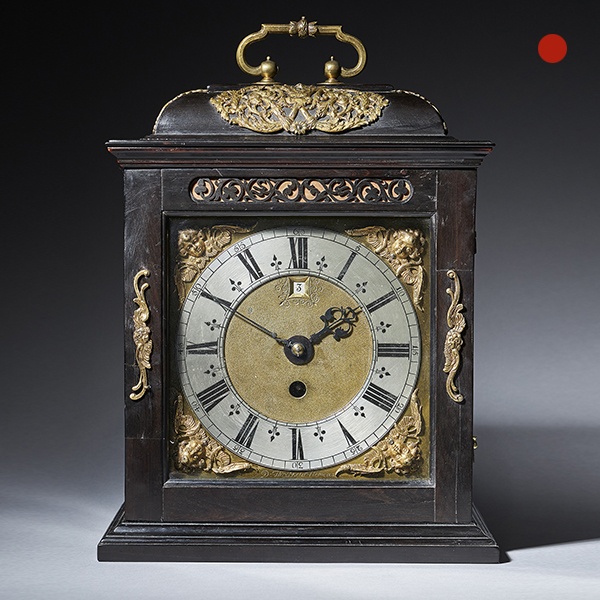
Fine 17th Century Charles II Spring Driven Table Clock by Deodatus Threlkeld
Fine 17th Century Charles II Spring Driven Table Clock by Deodatus Threlkeld SOLD Follow UsFine 17th Century Charles II Spring Driven Table Clock by Deodatus Threlkeld The eminent maker Deodatus Threlkeld (1658-1732) was an apprentice of...

19th Century Gilt-Brass Engraved Striking and Repeating Carriage Clock
19th Century Gilt-Brass Engraved Striking and Repeating Carriage Clock Sold Follow Us19th Century Gilt-Brass Engraved Striking and Repeating Carriage Clock The superb engraved gilt brass gorge case has facetted glass panels to all sides so...
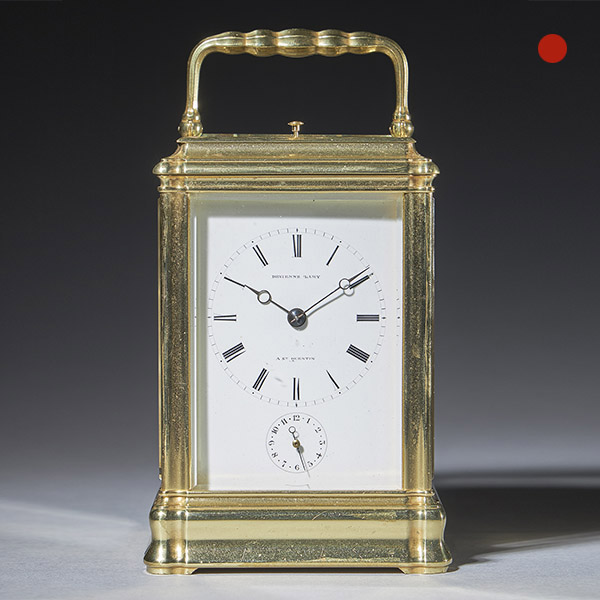
A Rare And Unusual 19th-Century Carriage Clock Signed Devienne Lamy A St Quentin, Circa: 1860
A Rare And Unusual 19th-Century Carriage Clock Signed Devienne Lamy A St Quentin, circa 1860. The gorge case has bevelled glass panels on all sides.
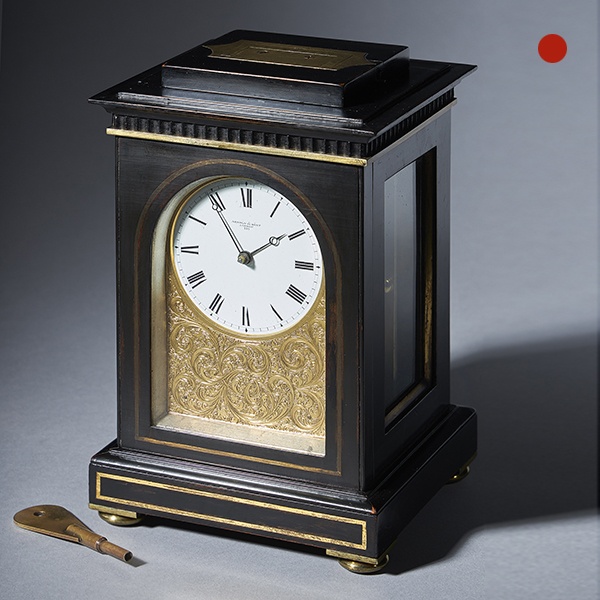
A Unique And Fine Mid 19th-Century Travelling Clock By Celebrated Makers Arnold & Dent, London
Unique and Fine Mid 19th-Century Travelling Clock By Celebrated Makers Arnold & Dent, London. The time is indicated by a fine pair of blued-steel Breguet hands.
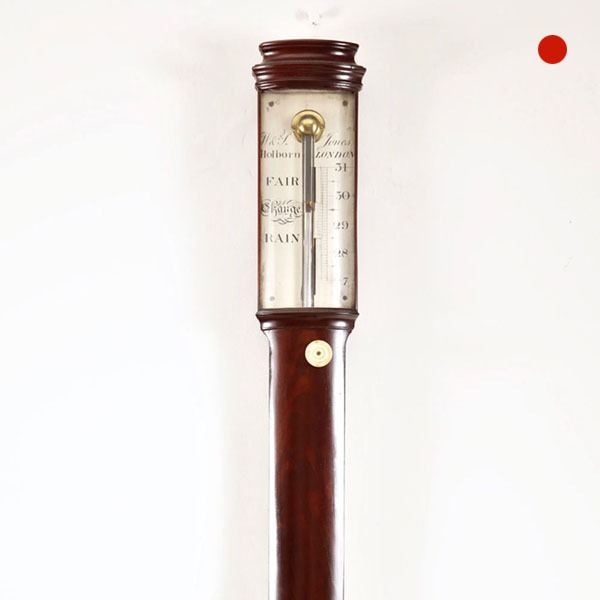
A fine 18th-Century George III mahogany bow-front stick barometer
The mahogany-veneered case has an austere form with only the moulded caddy top and the urn-shaped cistern cover to break its soberness. The silvered register plates are protected by a bowed glass, the recorder with vernier scale being operated by a knob below the register plate.

Large Mahogany 18th-Century Dial Clock, William Nicoll, London
The solid mahogany case has a moulded mahogany glazed door, which can be locked on the left-hand side. The original rectangular saltbox is permanently attached to the front and has doors to the side and the bottom.

Fine 17th Century Charles II Spring Driven Table Clock by Deodatus Threlkeld
Fine 17th Century Charles II Spring Driven Table Clock by Deodatus Threlkeld SOLD Follow UsFine 17th Century Charles II Spring Driven Table Clock by Deodatus Threlkeld The eminent maker Deodatus Threlkeld (1658-1732) was an apprentice of...

19th Century Gilt-Brass Engraved Striking and Repeating Carriage Clock
19th Century Gilt-Brass Engraved Striking and Repeating Carriage Clock Sold Follow Us19th Century Gilt-Brass Engraved Striking and Repeating Carriage Clock The superb engraved gilt brass gorge case has facetted glass panels to all sides so...

A Rare And Unusual 19th-Century Carriage Clock Signed Devienne Lamy A St Quentin, Circa: 1860
A Rare And Unusual 19th-Century Carriage Clock Signed Devienne Lamy A St Quentin, circa 1860. The gorge case has bevelled glass panels on all sides.

A Unique And Fine Mid 19th-Century Travelling Clock By Celebrated Makers Arnold & Dent, London
Unique and Fine Mid 19th-Century Travelling Clock By Celebrated Makers Arnold & Dent, London. The time is indicated by a fine pair of blued-steel Breguet hands.

A fine 18th-Century George III mahogany bow-front stick barometer
The mahogany-veneered case has an austere form with only the moulded caddy top and the urn-shaped cistern cover to break its soberness. The silvered register plates are protected by a bowed glass, the recorder with vernier scale being operated by a knob below the register plate.

Large Mahogany 18th-Century Dial Clock, William Nicoll, London
The solid mahogany case has a moulded mahogany glazed door, which can be locked on the left-hand side. The original rectangular saltbox is permanently attached to the front and has doors to the side and the bottom.
YOU MAY ALSO LIKE

A Rare Chinese Chippendale George III cabinet on stand, circa 1760 England
A Rare Chinese Chippendale George III cabinet on stand, circa 1760. England £38,000Follow UsA Rare...
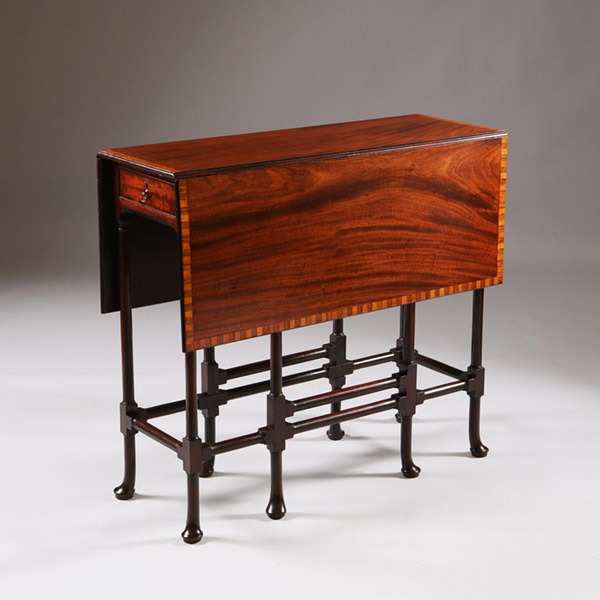
George III mahogany spider-leg table attributed to Thomas Chippendale 1768
A George III mahogany spider-leg table attributed to Thomas Chippendale 1768 £12,000Follow UsA...
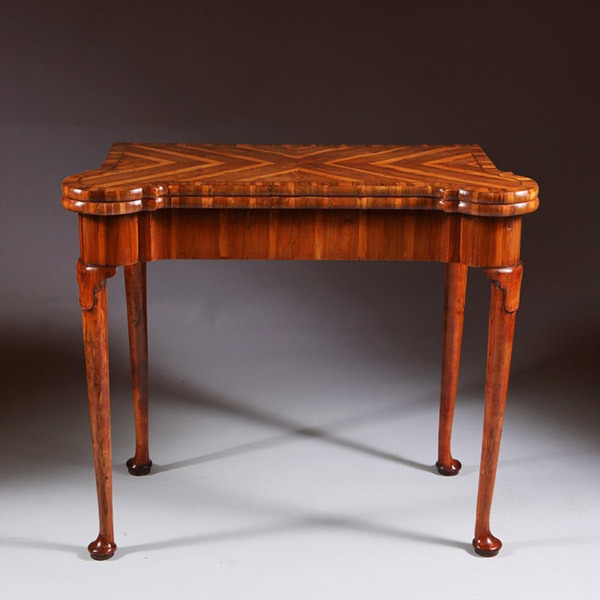
Museum Grade George I Cocus Wood Card Table, Circa 1725, England
Museum Grade George I Cocus Wood Card Table, Circa 1725. England £32,000Follow UsMuseum Grade...

A Rare and Important Charles II 17th Century Table Clock by Henry Jones
A Rare and Important Charles II 17th Century Table Clock by Henry Jones £85,000Follow UsA Rare and...
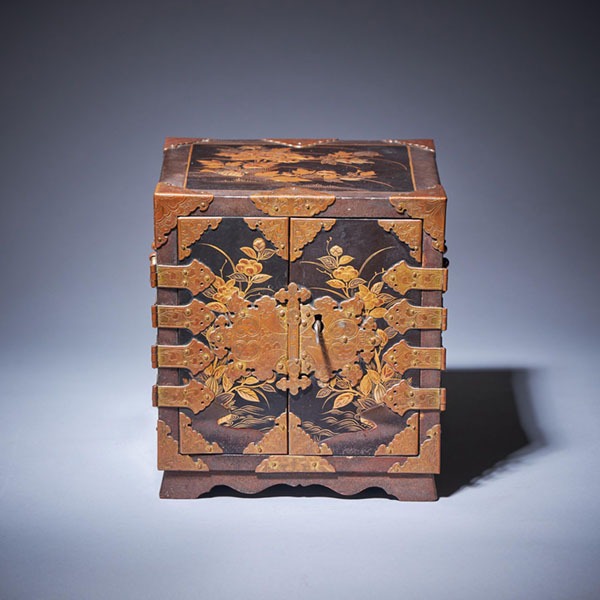
Important Early Edo Period 17th Century Miniature Japanese Lacquer Cabinet
Important Early Edo Period 17th Century Miniature Japanese Lacquer Cabinet £36,000Follow...

Fine Scottish Two-Day Marine Chronometer Signed and Numbered D. McGregor
Fine Scottish Two-Day Marine Chronometer Signed and Numbered D. McGregor £6,500Follow UsFine...

A Rare Chinese Chippendale George III cabinet on stand, circa 1760 England
A Rare Chinese Chippendale George III cabinet on stand, circa 1760. England £38,000Follow UsA Rare...

George III mahogany spider-leg table attributed to Thomas Chippendale 1768
A George III mahogany spider-leg table attributed to Thomas Chippendale 1768 £12,000Follow UsA...

Museum Grade George I Cocus Wood Card Table, Circa 1725, England
Museum Grade George I Cocus Wood Card Table, Circa 1725. England £32,000Follow UsMuseum Grade...

A Rare and Important Charles II 17th Century Table Clock by Henry Jones
A Rare and Important Charles II 17th Century Table Clock by Henry Jones £85,000Follow UsA Rare and...

Important Early Edo Period 17th Century Miniature Japanese Lacquer Cabinet
Important Early Edo Period 17th Century Miniature Japanese Lacquer Cabinet £36,000Follow...

Fine Scottish Two-Day Marine Chronometer Signed and Numbered D. McGregor
Fine Scottish Two-Day Marine Chronometer Signed and Numbered D. McGregor £6,500Follow UsFine...









